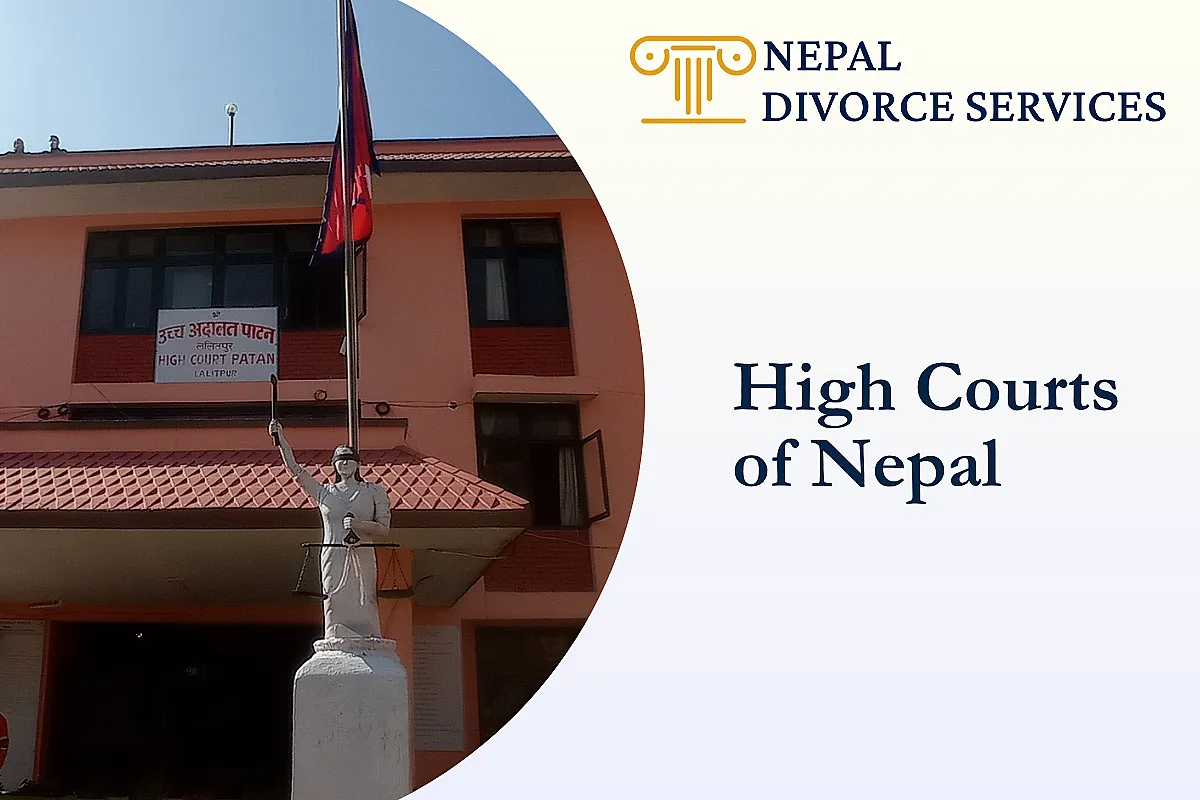Tag : Human Rights Attorney
How to Deal with Workplace Discrimination and Harassment in Nepal
Workplace discrimination and harassment are any unfair or abusive treatment of an employee or a customer based on their personal characteristics, such as gender, caste, ethnicity, religion, disability, sexual orientation, or age. Workplace discrimination and harassment can take various forms, such as:Denying equal opportunities or benefits to certain employees or customers
Making offensive or derogatory remarks or jokes about certain employees or customers
Displaying or circulating discriminatory or obscene materials or messages
The Legal System of Nepal
The legal system of Nepal is a complex and evolving system that has been shaped by a variety of influences, including the country's history, culture, and religion. The legal system is also influenced by the country's current political and economic situation.The history of the legal system of Nepal can be traced back to the 18th century when the country was ruled by the Shah dynasty. During this period, the legal system was based on Hindu law and customary law. In the 19th century, the British colonial government introduced elements of common law into the Nepalese legal system.
Supreme Court, Nepal
The Supreme Court of Nepal is the highest court in Nepal and the final authority to interpret and apply the constitution and laws of the country. The Supreme Court also has the power to review and overturn the decisions of lower courts and other branches of government, and to protect and enforce the fundamental rights and freedoms of the people. The Supreme Court plays a vital role in maintaining the rule of law, ensuring justice, and upholding democracy in Nepal. In this article, we will explore the history, composition, jurisdiction, procedure, and functions of the Supreme Court of Nepal.
High Courts of Nepal
The High Court of Nepal is the second highest court in Nepal and the first appellate court for most of the cases in the country. The High Court also has original jurisdiction over some types of cases. The High Court plays an important role in ensuring justice, protecting fundamental rights, and interpreting laws in Nepal. In this article, we will explore the history, composition, jurisdiction, procedure, and functions of the High Court of Nepal.
Dowry System in Nepal
The dowry system in Nepal, particularly prevalent in Hindu communities, involves the bride's family offering money, goods, or property to the groom's family during marriage. Originally intended to ensure the bride's financial security, dowry has evolved into a practice that often burdens families and perpetuates gender inequality. Despite legal prohibitions under Nepal's National Criminal Code, the custom persists, especially in the Terai region. The dowry system contributes to financial stress, perpetuates patriarchal norms, and has even led to domestic violence or dowry-related deaths. Understanding the legal framework and challenges associated with dowry is crucial for promoting gender equality and protecting women's rights in Nepal.





-–-Easy-Guide-to-all-the-Latest-Provisions-medium.webp)